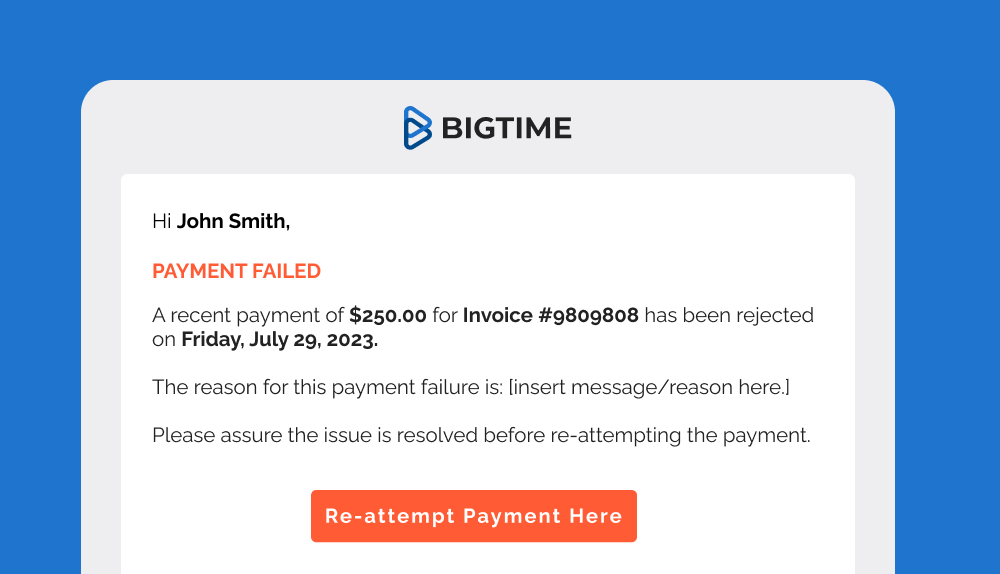
This is the first article in our new guest contributor series. We’re on a mission to chat with as many experts in the professional service industry as we can to help answer common questions firms are faced with. Are you a pro that’s interested in sharing your advice? Reach out to me here.
Creating a product to sell is no easy feat. SGW Designworks took on that challenge when it was founded in 2008 to help businesses simplify the entire product design and manufacturing process.
Ryan Gray, CEO & Co-Founder of SGW Designworks knows what it takes to get a new professional services firm off the ground and running. I mean, he did it and did it very well. The 14+ years of experience working with clients, both existing and new have shaped Ryan’s communication style to be effective, clear, and drive great results for his customers, even during the not-so-fun conversations.
I had the pleasure of sitting down with Ryan to discuss one of the topics and pain points that’s often discussed among the professional service industry — How do I respond to sticker shock and negotiate fees with my clients?
For some, conversations about money can be awkward. And even more uncomfortable is seeing your client have a negative reaction to the cost of service. Luckily for you (and not so lucky for him), Ryan has been in this exact position and he’s here to offer his invaluable advice when it comes to responding to sticker shock and negotiating fees.
Without further ado, let’s get into it.
There’s been a growing trend of clients seeing initial fees as negotiable. Have you seen this happen at all?
Yeah, that’s not a new thing for us, we’ve seen that from the beginning. We started this business in 2008, and I can think back to even some of our very first projects where not only were people feeling like they should and could negotiate overall project costs, but also people felt that they could be negotiating hourly rates as well. I think we’ve gotten better at working through that over the years. For companies just starting out, it can be hard to know how to respond to that when somebody pushes back on a price or pushes back on a rate.
For newer firms, can you afford to be picky with clients? Can you negotiate fees? Or, if you are so new, do you have to just let the client pick their price? How do you navigate that conversation?
In my opinion, and the philosophy that we switched to pretty early on in our business is, ‘we know what our rates need to be for this business to be viable and it’s silly to go below that or even close to that’. In fact, we believe that we provide value quite a bit higher than what that break-even type of rate is going to be. Most people start a business, especially a professional services business because they believe that they and their team have some level of knowledge or capability that matters to the market enough that they’re willing to pay for it.
In regards to pricing and negotiating, you have to think about how much value you’re bringing, what are others charging, and how you compare to competitors. Set a price and go test it. Don’t just try it with one potential customer, try it for six months and see how people respond. You may get pushback, you may not. You may find that your assumptions were all wrong about not only how people respond, but how people perceive your position in the market. With professional services, it’s not like people are exchanging a good for a dollar — they’re exchanging money for your expertise and experience.
Your client is expressing sticker shock. How do you assure them that the price is right?
Oftentimes when we have sticker shock from clients, it’s from startups and emerging companies that are developing their first product and haven’t been exposed to what it costs to develop a product and hire professionals. A lot of times, what we hear from those companies is ‘this is too expensive’. However, expensive compared to what? What are you comparing us to when you’re saying we’re expensive? A lot of times people don’t have an answer for that.
That conversation may take you down the path of that prospective client not being a fit. In other cases, it can help the person see that we’re right. I like them to think about it this way: you’re going to hire us to develop this product. If you were to do it yourself, you need to go hire three mechanical engineers, one electrical engineer, and two firmware engineers. Oh, and by the way, you’re only going to be using those people part of the time because they’re going to be waiting on each other to do stuff. So think about what that’s going to cost you to do for a year or two. Once you compare that to what we’re saying it’s going to cost, then we can talk.
Do you show a breakdown of your cost of service? Do you exclude anything? How much do you include?
While we do provide hourly rates, we do not quote anything and that’s because we’ve learned over the years, that in our field, there’s so much uncertainty. For example, let’s say somebody comes in and wants to develop a calculator. The assumptions that they have about what that calculator is going to be, the features in it, and how it’s made always change as we go through development and business decisions. That makes it impossible to quote. We do, however, want to reach an agreement on what their maximum monthly and/or quarterly spend is going to be and then plan our path based on that.
Most importantly, we try to establish credibility and trust with the client. We work with our clients to define the risks and unknowns in the project plan. It’s not about developing a quote, it’s about reaching an agreement that this is the path and process we’re setting off on together. We’ll have frequent checkpoints along the way where they can make the decision if they want to keep funding the project or not. This process shifts the focus away from needing a quote (which isn’t going to be accurate anyways) to instead focusing on our relationship built on trust.
Another thing we do is share examples of projects that we’ve done that may have things in common with what we’re being asked to do. We share approximately how much it cost and what might’ve driven the price up or down. In that same conversation, we’ll talk about what features we can take out of the project to try and bring the cost down. By putting that control back on them, we reach that level of transparency to be good at developing the right product for them while giving them control over how much money is being spent.
Any final words of advice?
Something we learned over the years as we matured as a business is that certain customer segments are more attractive than others and having a mix of customer segments is important. For us, the big buckets are startup businesses and then the more enterprise-type businesses. The startups oftentimes have the cooler projects that the team loves working on. But the bread and butter are really the enterprise companies that have a string of eight projects. You want those long engagements and you want to build those lasting relationships, as opposed to startups that will only have one project. Unfortunately, those startups are not very sticky customers. So when you’re thinking about pricing, think about not just dollars, but the customer segment and not just the rates, but the long-term lifetime value of the customer type.
Thank you so much to Ryan for sharing his amazing words of wisdom! Looking for some more advice? Check out his episode of The BigTime Podcast where he discusses some of the challenges he’s faced while growing a custom engineering firm.
About SGW Designworks
SGW Designworks provides full product design and engineering to businesses of all sizes. This includes mechanical design, predictive analysis, embedded systems development, IoT and smart product development, cloud connectivity, manufacturing management, and more. Their unique engagement model ensures immediate impact, and trust-driven relationships with their clients.
More Helpful Resources
Advice Everyone in the Professional Services Industry Should Hear (From 10 Experts)
5 Things We’ve Learned from the Civil Engineering CEO Show
Improve Client Experience With Easy Payments
Ultimate Invoicing Guide: Tips for Shortening Your Billing & Collections Cycle





